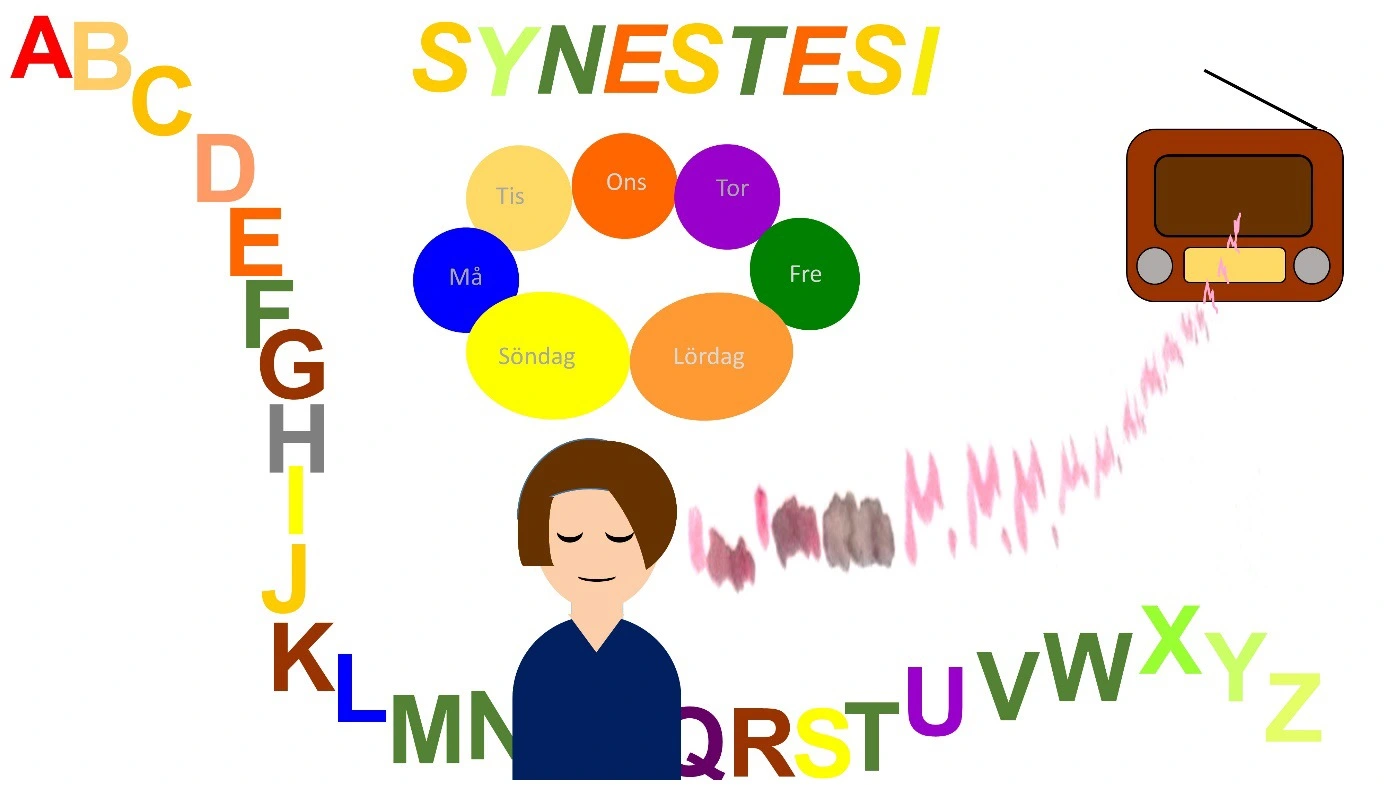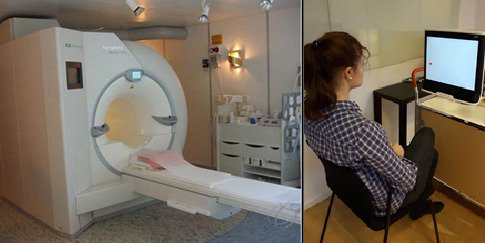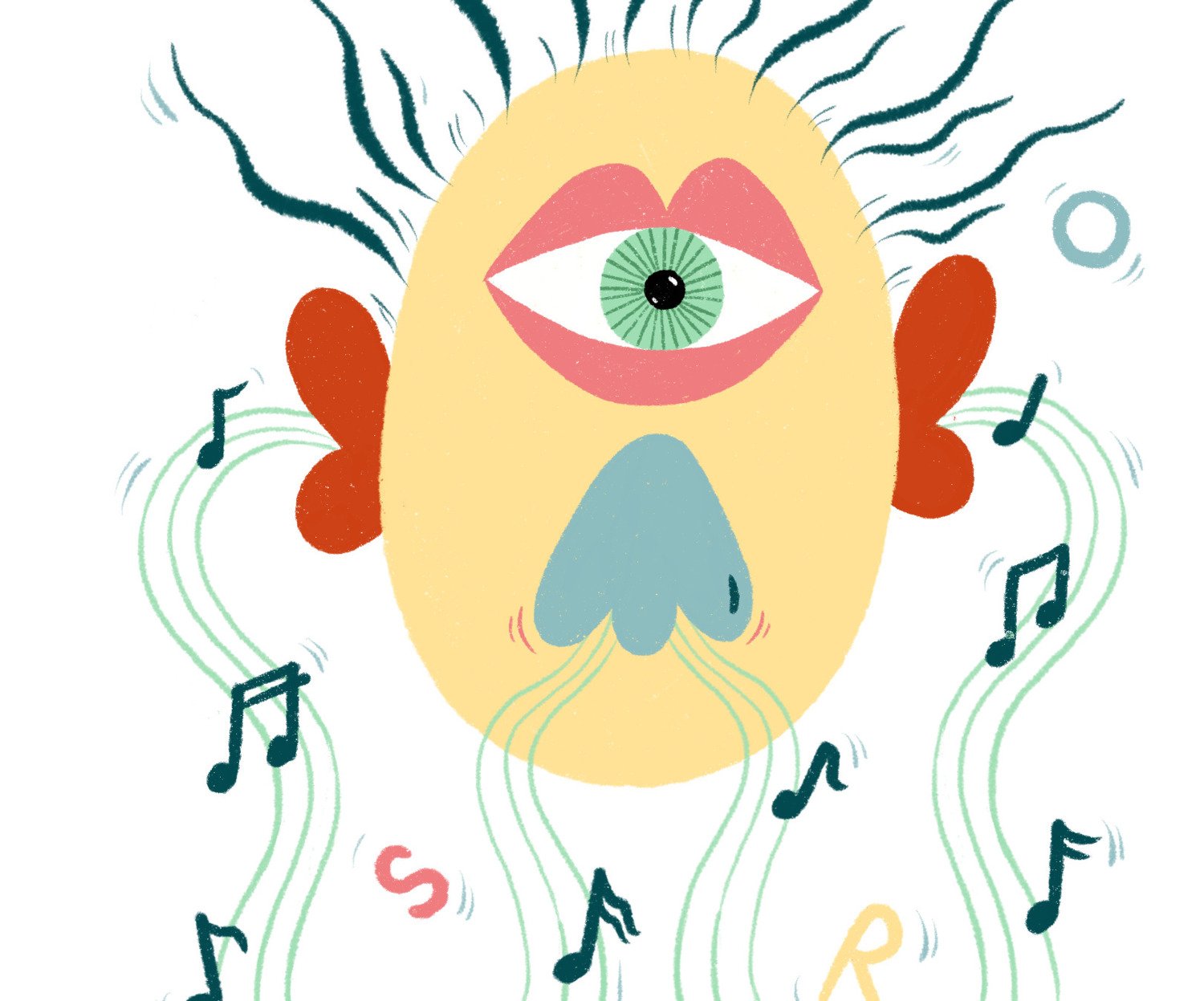
What is synesthesia?
Do you automatically link letters, numbers, or weekdays with specific colors? Or do the months of the year together form a particular shape, for instance when you are planning your next holiday? Then you might belong to the roughly four percent of the population that experiences synesthesia. From an early age, people with synesthesia form connections between different concepts, such as between numbers and colors. Although these connections can vary early on, they tend to become more stable with age. For a child, for example the color experience of a number can change – but by adulthood, the same number will consistently and automatically lead to the same specific color experience.
Synesthesia and autism
Synesthesia is not a disorder – in contrast it seems to be correlated with advantages such as better memory and increased creativity. On the other hand, synesthesia seems to be more common in people with certain neuropsychiatric conditions, such as autism. Like many people with autism, synesthetes have on average an increased attention to details and increased sensory sensitivity.

What we investigate
We are interested in the shared characteristics of synesthesia and autism, and the potentially partly shared way they develop. In this project, we use brain imaging, eye tracking, cognitive testing, and other techniques, in order to investigate the similarities and differences between the two conditions – primarily in the way sensory information is processed and integrated, and to what extent the underlying brain mechanisms are the same. In addition, we study memory, creativity and other strengths in association with both conditions.
We investigate these questions in twin pairs, where one twin has either synesthesia or a diagnosis of autism, and the other twin does not. This helps us to determine the influence of environmental and genetic factors, and how they are associated. The twins are primarily recruited from other twin studies, namely Roots of Autism and ADHD Twin Study in Sweden, and Child and Adolescent Twin Study in Sweden.
Besides autism, some other conditions are also indicated to be linked to synesthesia, including obsessive-compulsive disorder and anxiety disorders. Therefore, we also investigate whether synesthesia is linked to a wider set of psychological traits, linked to these and other conditions.
The project consists of two parts. The first part is an online study assessing synesthesia and neuropsychiatric traits, which takes one to two hours. The second part is a one-day assessment at Center for Neurodevelopmental Disorders at Karolinska Institutet (KIND). The day includes a series of cognitive tests, an interview, and a one-hour MRI-session at Stockholm University Brain Imaging Centre. It is possible to participate in the first part only.
 Photo: Sara Bergebo
Photo: Sara BergeboSynesthesia: A colourful ability
What does the colour red sound like? Only someone with synesthesia can hear it. Now researchers are learning more about the ability to make unusual sensual connections.
